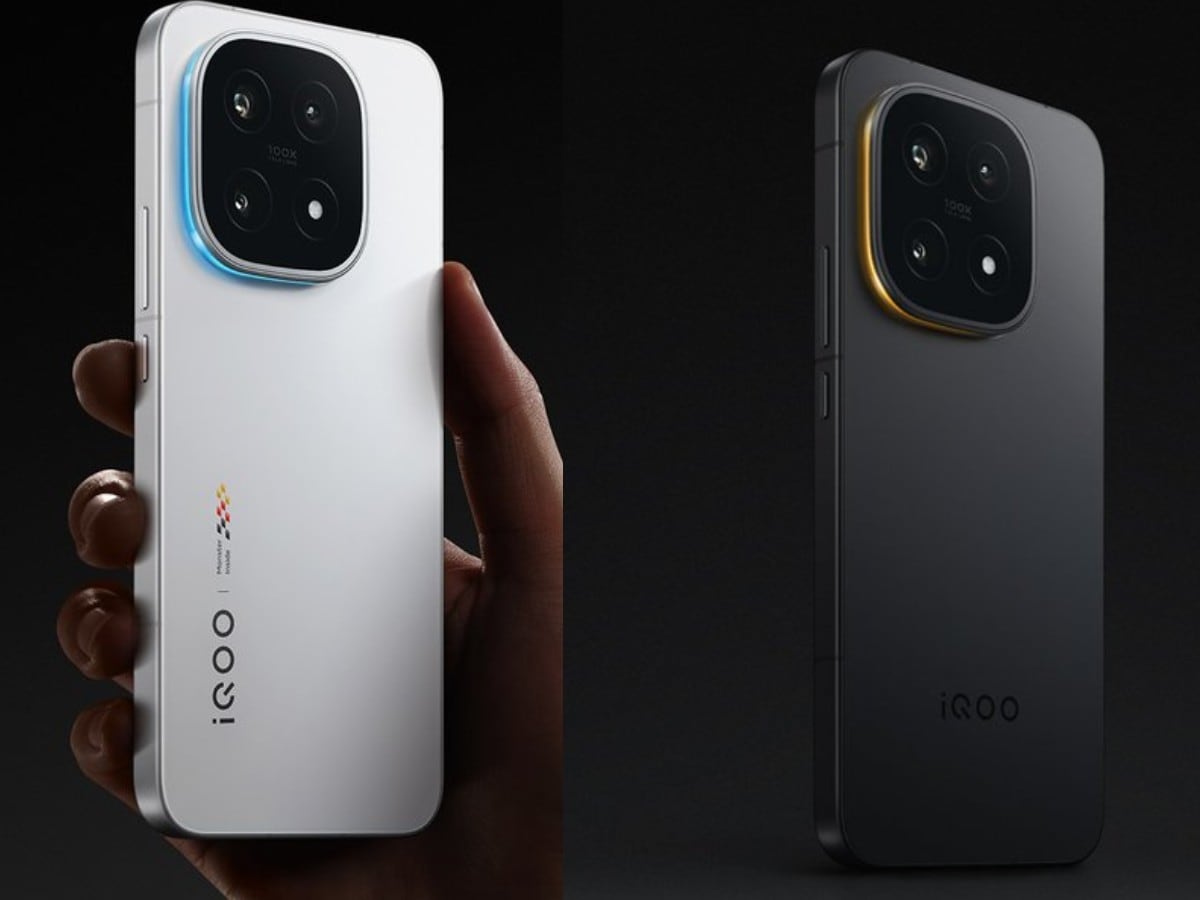Google’s Quantum Echoes algorithm is the company’s latest advance in quantum computing. The research, published in Nature, ensures that this algorithm is 13,000 times faster than the most powerful current supercomputers. This would bring quantum technology closer to practical applications in medicine and materials science within the next five years.
Known as Quantum Echoes, the temporal out-of-order correlator (OTOC) is a pioneering algorithm that can be used to better understand the structural composition of natural systems, such as black holes or molecules. Using Google’s own Willow quantum chip, the company claims it is the first time quantum technologies run a verifiable algorithm, meaning the algorithm can obtain the same results on any quantum hardware. This is a critical step in achieving the repeatable and scalable results needed for practical applications, such as building a quantum engine.
Google’s Quantum Echoes algorithm, detailed
Quantum computing is the “next frontier” and large companies are in full race to position themselves in a technology that will revolutionize our world in the coming decades. And we talk about “decades” because there is still a lot of time to solve the problems inherent to this architecture that, compared to the traditional computing architecture capable of adopting values of “1” or “0”, the information is stored in qubits (quantum bits) that can simultaneously adopt both values (superposition) and thereby be able to perform any computing task exponentially faster than current systems.
Google’s Quantum Echoes algorithm aims to shorten deadlines by achieving quantum verifiability, which means that the result can be repeated on a quantum computer to obtain the same answer and confirm the result. This repeatable and beyond-classical computing is the foundation of scalable verification, bringing quantum computers closer to becoming tools for practical applications.
Last October, Google presented two studies that highlighted the advanced capabilities of Quantum Echoes. The first, published in Nature, shows how its verifiable results could have applications in fields such as nuclear magnetic resonance (NMR) spectroscopy. In a second study, available on arXiv, Google researchers used these quantum computing techniques to decipher chemical structures using what the company calls a “molecular ruler” to measure distances between atoms. Taken together, the studies reflect the Google advances towards viable quantum algorithms and chip hardware.
Previously, in December 2024, the company launched its Willow quantum chip, with enough computing power to complete a benchmark test in less than five minutes, a test that would normally take the world’s most powerful supercomputer a dozen septillions of years. And while these quantum feats often lead to exaggerated claims, such as reversing time, Google hopes its new algorithm will boost the search for practical applications for one of the world’s most innovative emerging technologies.
How the Quantum Echoes algorithm works
To understand how the algorithm works, some basic principles of quantum computing must be established. In its most rudimentary form, quantum computing uses the properties of quantum mechanics to solve complex mathematical problems that exceed the capabilities of classical computing. The easiest way to understand this is to replace the 0s and 1s of binary computing systems with qubits, or quantum bits, which are created by manipulating quantum particles such as photons, electrons, trapped ions, superconducting circuits, and atoms.
As the basic unit of information in quantum computing, Qubits offer a unique advantage over binary code by storing multiple combinations of zeros and ones. Qubits can contain this information in superpositions, meaning that a single qubit represents all of its possible combinations and can grow exponentially when entangled in collective superposition structures. These structures act like waves, amplifying and canceling each other out in a process known as interference. In quantum computing, a user implements an algorithm to interfere with a circuit of overlapping, entangled qubits.
The Quantum Echo is an algorithm known as correlator out of temporal order (OTOC), which determines the state of a qubit after a series of quantum operations. It measures changes in quantum expected values, such as magnetization, current, density, and velocity, to assess the chaos levels of quantum systems. According to Google, Quantum Echo sends a meticulously crafted signal to the Willow chip system, where it alters a qubit before reversing the evolution of the signal, thus creating a return signal or echo.
This technique is effective because it benefits from constructive interference, resulting in increased sensitivity. Through these processes, Google achieved Exponentially reduce the error rate of your systemobtaining results below the threshold, which means that their algorithm reduces errors by increasing the number of qubits.

Advances
Google’s Quantum Echoes algorithm has major implications for the company’s quest to develop Quantum computing functionalities in the real world. The technology giant’s application of this technology in a physical experiment required that the final results meet strict standards for verifiable accuracy and complexity. These advances are evidenced in the company’s joint experiment with the University of California at Berkeley, where the Quantum Echoes algorithm provided new insights into the structures and behavior of two molecules.
The results coincided with those obtained through traditional Nuclear Magnetic Resonance techniques, which map molecular structures through the magnetic spins in the center of atoms. The experiment demonstrated how the algorithm could be used to better understand the complex dynamics of these magnetic spins.
According to the company’s blog, the test represented a significant step towards a quantum microscope “capable of measuring previously unobservable natural phenomena”analogous to the telescope or microscope. These advances could be crucial for the development of new drugs, expanding our understanding of Alzheimer’s disease or creating new industrial materials.
Although the research is still in the experimental phase, the algorithm points to a world where Quantum technology could be approaching some viability. However, experts warn that Google still has a long way to go before these algorithms find practical applications. Currently, it competes with giants such as IBM, Microsoft and other Chinese giants to commercialize these technologies.
At the very least, the Quantum Echoes algorithm is a positive sign that previous advances in quantum hardware, such as Willow, could finally reach practical applications, promising significant benefits for medicine and materials science. In fact, scientists have already begun to explore how quantum computing could help discover new drugs, map disease risks, improve AI systems and even teleport information.












